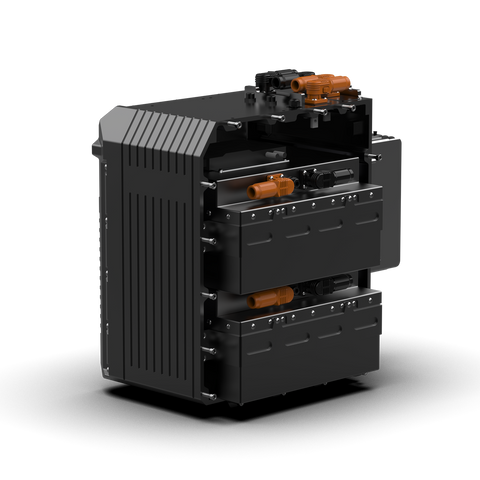Imagine a morning in 2040: the city is calmer, high-rises powered by solar energy, and vehicles gliding by in silence. Sounds like science fiction? In fact, it’s a very near future already taking shape.
According to BloombergNEF’s 2024 report, by 2030, 60% of global vehicle sales will be electric. This is no longer a fleeting trend. And Vietnam will not be left behind in this global shift.
But are electric vehicles just a cleverly marketed product for consumers? Or is there something deeper driving this transition?
Oil – A Double-Edged Source of Power

But oil has also left a heavy cost: worsening climate change, recurring energy crises, and escalating geopolitical tensions over pipelines and reserves.
The truth is, while oil helped build the modern world, it is not infinite. Reserves are dwindling, extraction costs are rising, and like it or not, the world is entering a new era — one where energy must come from cleaner, more sustainable sources. Vietnam, of course, is not exempt from this transition.
Vietnam — More Than Just Keeping Up, It’s a Chance to Lead


 Image Source: Internet
Image Source: Internet
Vietnam is also investing heavily in batteries — the most critical component in EVs. It’s no coincidence that global giants like LG Energy Solution, Panasonic, and CATL are pouring capital into Vietnam. They see something many Vietnamese themselves haven’t fully realized yet: we hold rare advantages.
From our strategic geographic location in the heart of Asia’s industrial zone, to a young, dynamic, and eager workforce. From a fast-growing economy to a broad network of free trade agreements that help Vietnamese-made products reach global markets — all signs point to Vietnam as a rising EV hub.
The EV manufacturing ecosystem is rapidly forming. Battery factories, chassis suppliers, component manufacturers, control software — everything is taking shape. These aren't just built for local demand, but for something much bigger: exporting “Made in Vietnam” EVs to the world.
When Policy Opens the Path

The Vietnamese government took an unprecedented step: a full exemption on vehicle registration fees for EVs until the end of February 2027 (Decree 10/2022, updated by Decree 51/2025). A bold financial push that made EVs more accessible to the middle class, young families, and those who once thought of them as “luxuries.”
It didn’t stop there. Special consumption tax for EVs was slashed to just 1–3%, a stark contrast to the 35–50% rates on gasoline cars. This isn’t just a tax break — it’s a declaration: “We are prioritizing a cleaner future.”

But perhaps the most noticeable shift is in everyday life: charging stations are popping up in apartment parking lots, shopping centers, and along highways. VinFast has rolled out more than 63,000 charging points nationwide, aiming to reach 150,000 in the coming years (Vingroup, 2024). What used to exist only in developed nations is now becoming a part of daily life in Vietnam.
There’s also the silent hum of VinBus electric buses rolling through Hanoi, or electric motorbikes using battery-swap systems from Selex Motors and Dat Bike — increasingly spotted outside corner stores, coffee shops, and in the hands of tech-savvy delivery riders. We no longer have to imagine an electric future — it’s already here, right now.
What was once a novelty is becoming a real, everyday option. This shift isn’t just about technology — it’s about vision. The vision of a nation bold enough to bet on a green future. And the readiness of its people — those who recognize that it’s time for new paths forward.
The Opportunity for NUEN MOTO
As the EV wave spreads, a new question arises: Are all electric vehicles the same?
Sure, they’re quiet and efficient. But what if people also want something bold, with a striking design — something that expresses who they are? What if riders want a machine that turns heads and feels just as “badass” as a large-displacement gas bike? That’s the niche NUEN MOTO is stepping into.

We see a future where electric vehicles are not just modes of transport — but extensions of one’s lifestyle. Like choosing a favorite pair of sneakers, a smartphone, or a signature jacket. And as more people choose to live sustainably andstylishly, the vehicle they ride should reflect that spirit.
NUEN MOTO isn’t building an EV “for everyone.” We’re creating a platform for those who want more — more power, more emotion, more individuality.
In Closing



